News
Exploring the Role and Applications of Direct Current in Power Systems and Electronic Devices
Click: 769 Date: 01/04/2024 1::59::53 PM
Exploring the Role and Applications of Direct Current in Power Systems and Electronic Devices
Direct Current: The Foundation of DC Power Systems
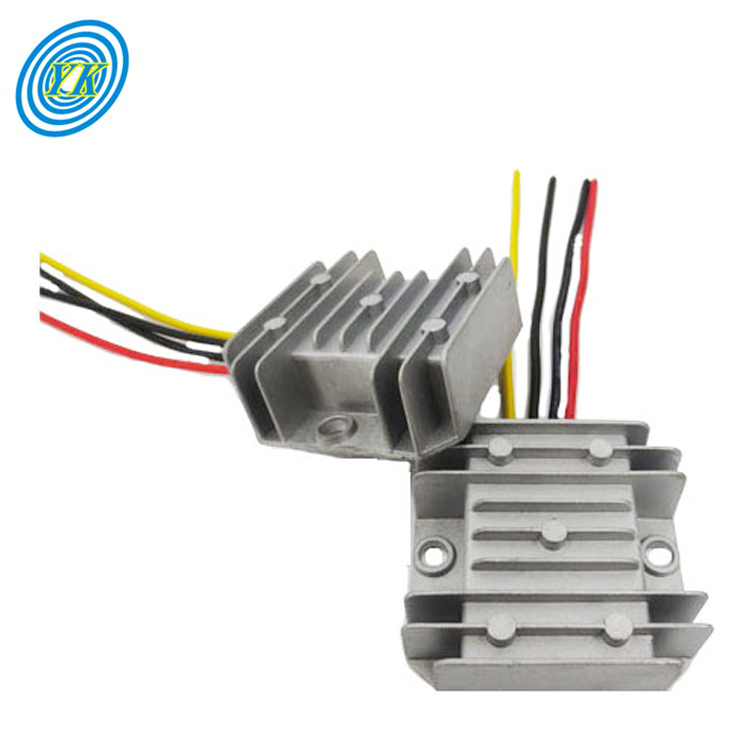
Understanding Direct Current (DC): Direct Current (DC) is a type of electrical current that flows in one direction, and it does not have a frequency. In contrast to Alternating Current (AC), DC power is more efficient to transmit across long distances and is essential for most of our everyday systems and digital devices.
DC Power in Everyday Devices: Devices such as LED lighting, HVAC systems with variable speed motors, and batteries, including electric vehicle batteries, all require DC power. In fact, in homes using electric vehicles and HVAC equipment with DC motors, DC consumption makes up about 74% of total electrical loads.
DC Power Transmission Systems: Despite the fact that DC power is not compatible with transformers, hundreds of DC power transmission systems exist because DC power incurs less line losses during transmission. The lack of frequency in DC power prevents it from suffering as many line losses along cables as AC power.
The Rise of DC Power Distribution: The implementation of Direct Current (DC) power distribution in homes or commercial buildings is becoming increasingly practical. As all digital devices require DC power and our homes and buildings are becoming increasingly “smart”, more people are choosing to implement DC power distribution.
The Future of DC Power Systems: With the rise of renewable energy sources and the increasing number of DC loads due to the popularity of solid-state lighting, electric vehicles, and the Internet of Things, the time has come to rethink how we wire buildings for DC distribution. A DC microgrid approach has the potential to increase efficiency, remove points of failure, simplify electrical wiring, lower cost, and boost resiliency.
Batteries: The Common Source of DC Power
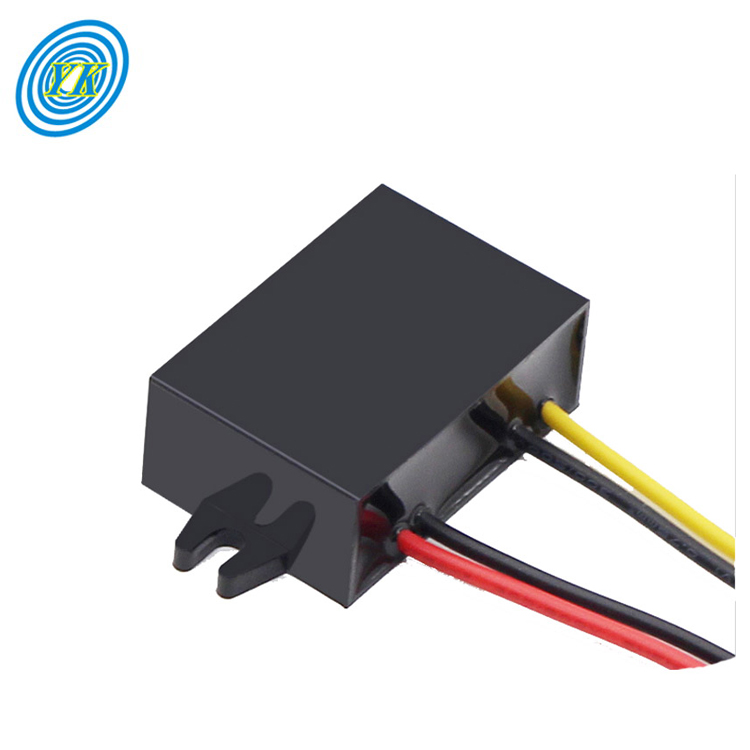
"Understanding the Role of Batteries in Power Generation": This section would provide an overview of how batteries work, their basic structure, and the chemical reactions that take place to generate electricity. It would also discuss the concept of terminals and how the flow of electrons from the anode (negative terminal) to the cathode (positive terminal) creates an electric current.
"Types of Batteries and Their Applications": Here, you can delve into the different types of batteries, such as alkaline batteries, lithium-ion batteries, and lead-acid batteries, and their specific uses in various devices and systems.
"Battery Safety and Maintenance": This section could discuss the potential dangers associated with batteries, such as short circuits and overheating, and the importance of proper maintenance and handling to prevent these issues.
"Battery Performance and Lifespan": Here, the factors affecting the performance and lifespan of batteries, such as temperature, current drain, and the number of charge/discharge cycles, could be discussed.
"Future Trends in Battery Technology": This part could provide insights into the ongoing research and development efforts in battery technology, aimed at improving energy density, reducing self-discharge rates, and enhancing safety .
Rectifiers and Voltage Regulators: Converting and Controlling DC Power
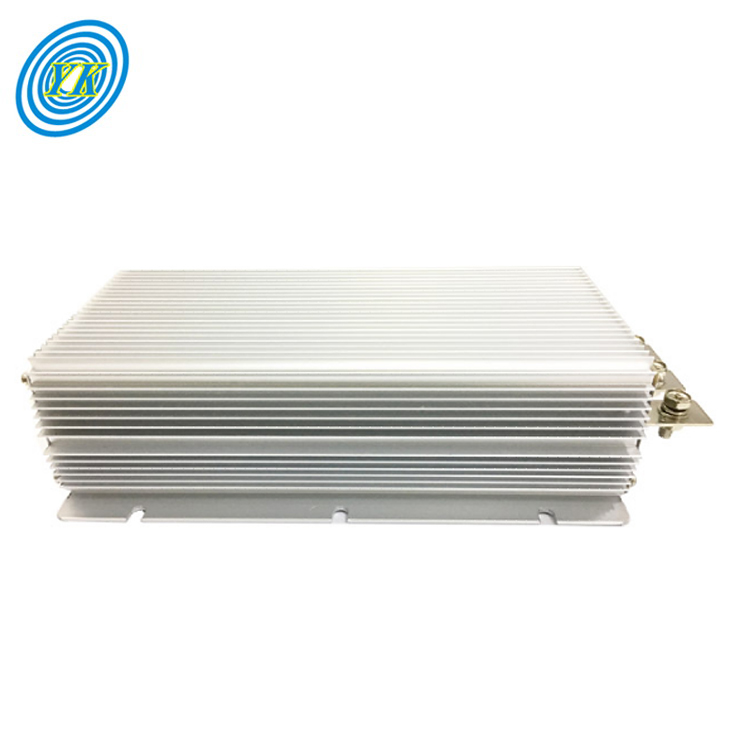
Rectifiers are essential components in power systems. They serve the purpose of transforming alternating current (AC) into direct current (DC). This conversion process is crucial in many electronic devices, as they typically operate using DC power. In this context, rectifiers act as a bridge between the AC power supply and the DC-powered device, enabling the device to function correctly.
Voltage regulators, on the other hand, play a different but equally important role. They are responsible for maintaining a stable voltage level in a power system. Fluctuations in voltage can lead to problems such as system instability and damage to electrical devices. By controlling the voltage, regulators ensure that these devices can operate safely and effectively.
Together, rectifiers and voltage regulators are key to converting and controlling DC power. They enable the translation of AC power into a stable, usable form of DC power, ensuring the smooth operation of a wide range of electronic devices.
DC Power Supply: The Heart of Electronic Devices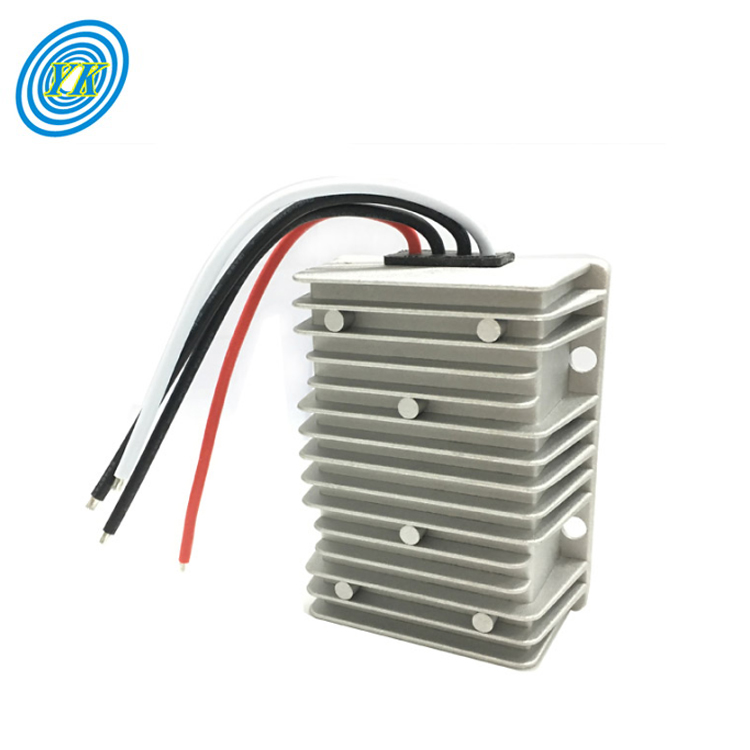
In the realm of electronic devices, the DC power supply plays a pivotal role. This component is responsible for providing a steady flow of direct current to various components within the device, ensuring that they function optimally. It serves as the lifeblood of these systems, delivering the necessary energy to keep them running smoothly.
One of the key elements of a DC power supply is the battery. The battery acts as the primary source of DC power, converting chemical energy into electrical energy through a process known as electrochemical reactions. This electrical energy is then used by the power supply to provide a constant and reliable supply of DC power to the electronic device.
Another critical part of the DC power supply is the rectifier. The rectifier's job is to convert the alternating current (AC), which is common in many power supplies, into direct current (DC). This conversion process is essential because many electronic devices operate on DC power, making the rectified DC power suitable for their operation.
Voltage regulators are another important component of a DC power supply. They play a crucial role in maintaining a constant voltage level. By doing so, they ensure that the power supplied to the electronic device remains stable, preventing any potential issues caused by fluctuations in voltage.
Finally, the DC-DC converter is a device that converts one type of direct current into another. This feature allows the power supply to adapt to different needs, making it a versatile tool for managing the power requirements of electronic devices.
In conclusion, the DC power supply is indeed the heart of electronic devices. It provides the necessary power, ensures its stability, and enables the adaptation to various needs. Without it, the operation of electronic devices would be severely hindered.
DC-DC Converters: Adapting DC Power for Various Needs
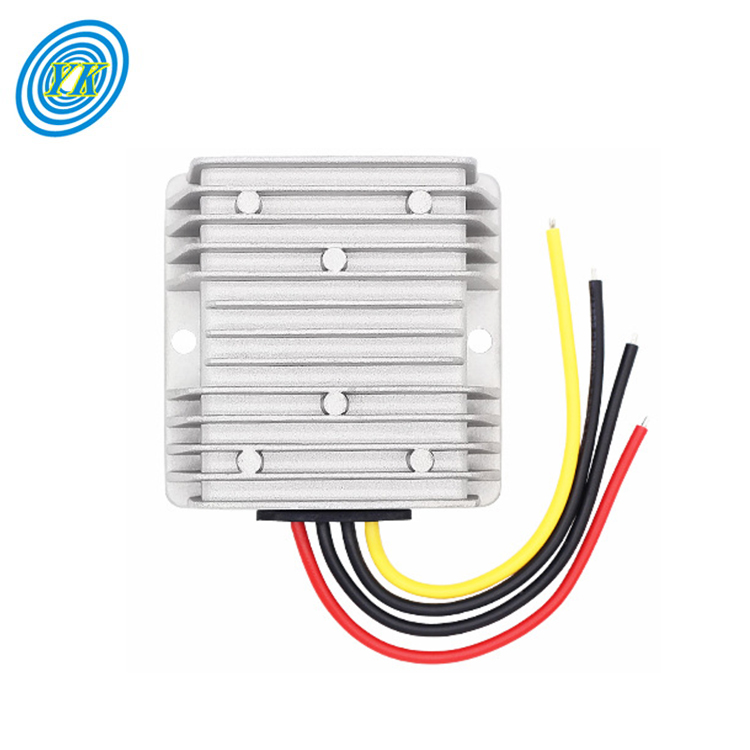
In the realm of electronic devices, the DC power supply plays a pivotal role. This component is responsible for providing a steady flow of direct current to various components within the device, ensuring that they function optimally. It serves as the lifeblood of these systems, delivering the necessary energy to keep them running smoothly.
One of the key elements of a DC power supply is the battery. The battery acts as the primary source of DC power, converting chemical energy into electrical energy through a process known as electrochemical reactions. This electrical energy is then used by the power supply to provide a constant and reliable supply of DC power to the electronic device.
Another critical part of the DC power supply is the rectifier. The rectifier's job is to convert the alternating current (AC), which is common in many power supplies, into direct current (DC). This conversion process is essential because many electronic devices operate on DC power, making the rectified DC power suitable for their operation.
Voltage regulators are another important component of a DC power supply. They play a crucial role in maintaining a constant voltage level. By doing so, they ensure that the power supplied to the electronic device remains stable, preventing any potential issues caused by fluctuations in voltage.
Finally, the DC-DC converter is a device that converts one type of direct current into another. This feature allows the power supply to adapt to different needs, making it a versatile tool for managing the power requirements of electronic devices.
In conclusion, the DC power supply is indeed the heart of electronic devices. It provides the necessary power, ensures its stability, and enables the adaptation to various needs. Without it, the operation of electronic devices would be severely hindered.